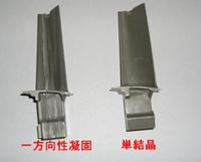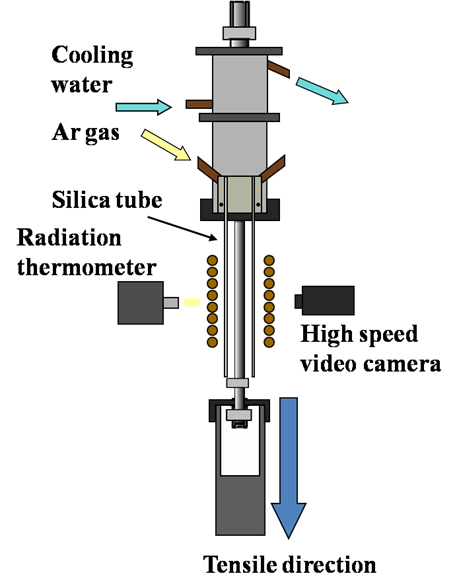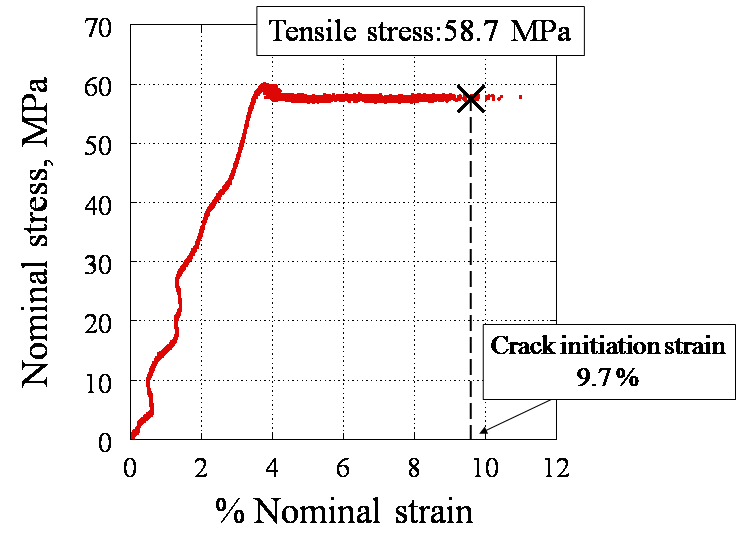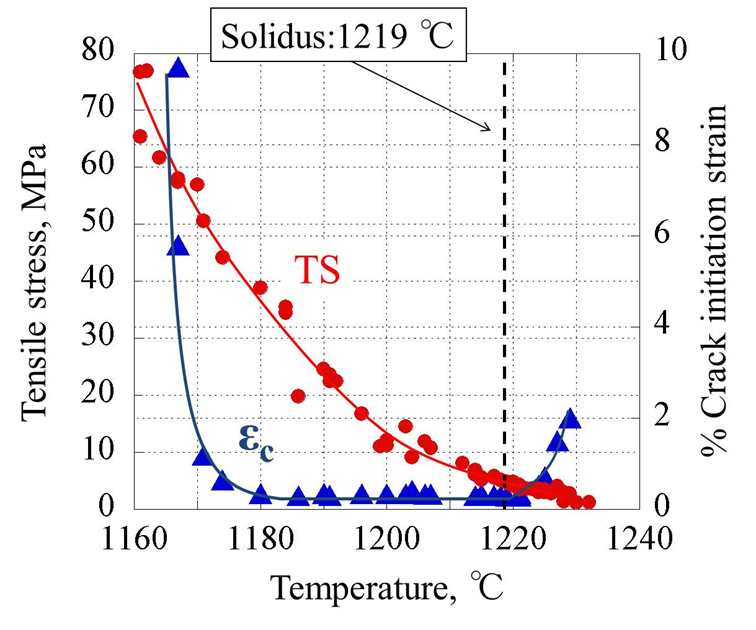Super Alloy Casting Defect Prediction
Introduction
Ni-based super alloys are used as materials for products requiring strength and corrosion resistance at high temperatures, such as gas turbine blades and aircraft jet engines. This is owing to that the Ni-based super alloy has a γ' phase that exhibits an inverse temperature dependency of strength as a reinforcing phase. To top that, the γ' phase is known to be extremely coherent to the matrix γ phase, and thanks to that, Ni-based super alloys are always described as "natural composite material".
At present, turbine blades are usually produced using Ni-based super alloy by means of precision casting, and made into a unidirectional solidified material or single crystal material so that high strength is obtained at high temperature.
However, even to produce one single part, precision casting is a very time consuming method. Therefore, if casting defects such as solidification cracks occur, productivity decreases and costs increase. In common practice, casting cracks are avoided by changing the design of the mold according to the experienced technician, but it is also becoming difficult due to the decrease in that particular worker. On aiming to overcome this problem, our group has been focusing on computer simulation to predict the occurrence of solidification crack.

Experimental
Various theories have been proposed regarding the cause of solidification cracking, but it is commonly acknowledged that the defects to occur in the temperature range called the solidification temperature range. Therefore, in order to simulate the solidification cracking with a computer, mechanical properties in the solid-liquid coexistence state of the Ni-based super alloy (mixed state of solid and liquid in the solidification temperature range) is necessary.
In this study, by using a high frequency induction heating device (Fig. 2), the test piece of the Ni-based super alloy is heated and the tensile test is performed in the solid-liquid coexistence state to acquire the mechanical properties.

In this tensile test equipment, the lower part of the specimen is set to be free, and tension is generated by the contact between the nut and the lid of the lower jig, so that no compressive stress is induced due to the test specimen being heated and thermally expanding. Regarding the strain, the test piece is marked beforehand, and the movement of the marks is continuously tracked with a high speed video camera, so that the strain can be calculated from the displacement of the marks. Below is an example of the stress-strain curve, and the tensile stress and fracture strain for each temperature that were obtained in this study.


Conclusion
In our laboratory, we have successfully established a method to obtain the mechanical properties of Ni-based super alloys in the solid-liquid coexistence state. For future study, we are working on formulating constitutive equation that can simulate actual physical phenomena to be implied in the computer simulation. In addition, the viscosity (creep) properties of the alloys in the solid-liquid coexistence state will also be studied to further improve the reliability of the computer simulation.
Publications
- S.Ogino, T.Ohashi, N.Kasuya and M.Yoshida, “Tensile Rate Dependency of Mechanical Properties of Inconel 718 Nickel-Based Superalloy around Solidus Temperature” J. Japan Inst. Met. Mater, Vol. 77, No. 5 (2013), pp. 170-173
- T.Ohashi, R.Goto, K.Muto and M.Yoshida, “Mechanical Properties of Inconel 718 Nickel-Based Superalloy around Solidus Temperature” J. Japan Inst. Metals, Vol. 76, No. 2 (2012), pp. 148-154
